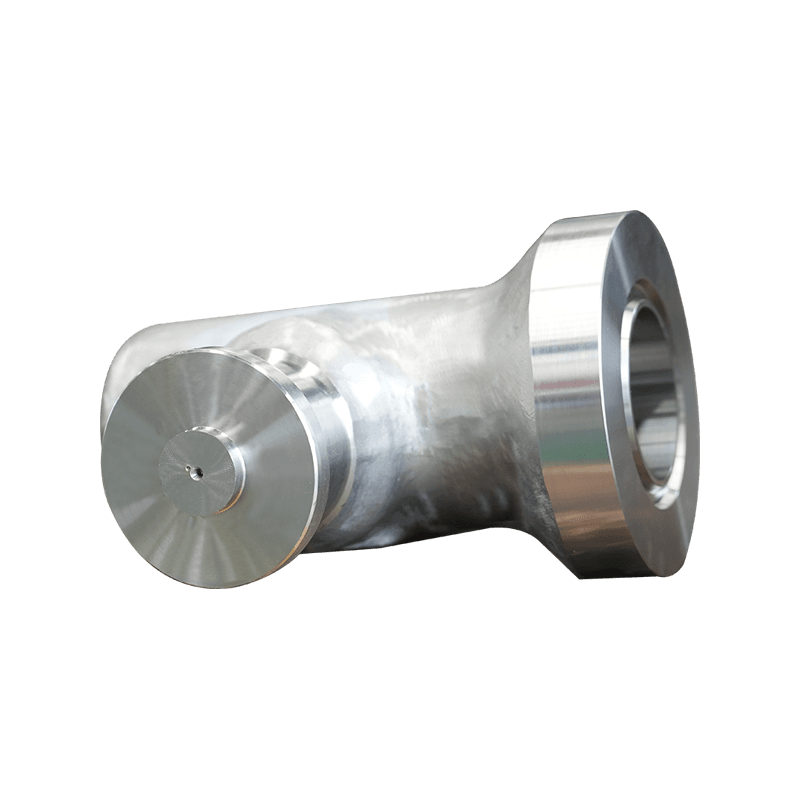At the heart of any valve system is the valve body, which houses all other components. The body is typically made from robust materials such as cast iron, stainless steel, or plastic, chosen based on the application's requirements. The design of the valve body influences the overall performance, pressure ratings, and durability of the valve. It also determines how well the valve can withstand harsh environmental conditions and corrosive substances.
Another critical component is the valve seat, which provides a sealing surface for the valve disk. The material and design of the seat are crucial for preventing leaks and ensuring a tight seal. Various materials are used for valve seats, including rubber, metal, and composite materials, depending on the type of fluid and the pressure conditions. A well-designed valve seat enhances the valve's longevity and reduces the risk of failure during operation.
The valve disk, also known as the closure element, is responsible for regulating flow. It can be designed in various shapes, including ball, gate, or butterfly, depending on the valve type and application. The choice of disk design affects flow characteristics and control precision. A properly functioning disk is vital for achieving the desired flow rate and maintaining system efficiency.

Actuators are another essential component of valve systems. They provide the necessary force to open or close the valve, which can be accomplished through manual, electric, pneumatic, or hydraulic means. The choice of actuator depends on the specific application and operational requirements. For instance, pneumatic actuators are often preferred in high-speed operations, while electric actuators offer precise control for automated systems.
In addition to these primary components, valve components also include seals, gaskets, and fasteners. Seals are vital for preventing leaks, while gaskets ensure a tight fit between the valve body and the connecting pipes. Fasteners hold the assembly together, and their quality can significantly impact the overall integrity of the valve system. Each of these components must be manufactured to precise specifications to ensure reliability and performance.
The manufacturing of valve components requires adherence to strict quality standards, as even minor defects can lead to significant operational issues. Advanced manufacturing techniques, including CNC machining and precision casting, are commonly employed to produce high-quality components. Regular testing and inspection during the manufacturing process are crucial to verify the integrity and performance of each part.









